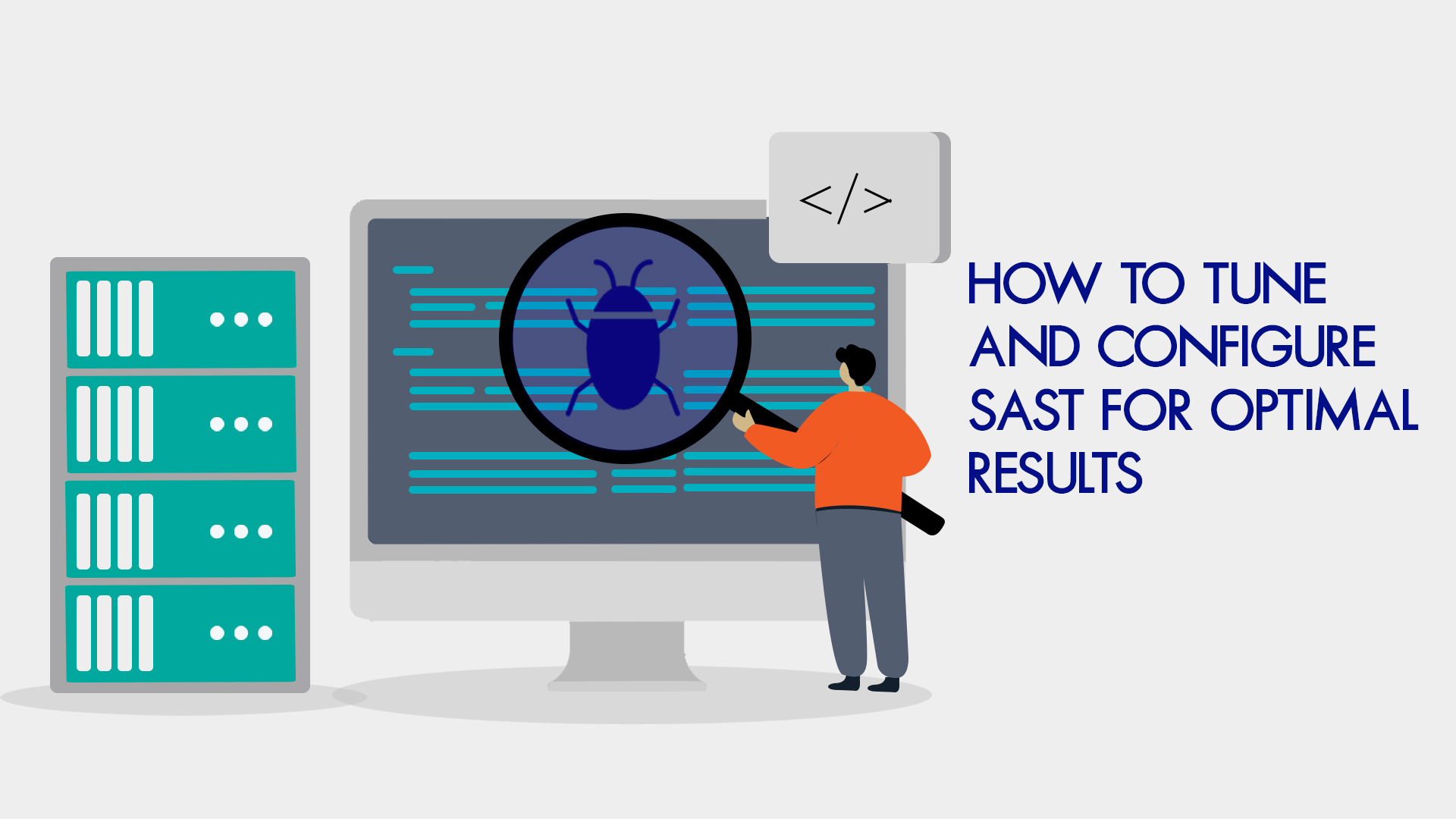Introduction to SAST Tuning and Configuration
Are you getting the most out of your SAST tools?
Static Application Security Testing (SAST) is your first line of defense against vulnerabilities in code before deployment. However, to maximize the effectiveness of SAST tools, you must fine-tune them to fit your project. This post will guide you through configuring SAST for better security testing results.
Why Tuning Your SAST Tool Matters?
Using a SAST tool without proper configuration can output overwhelming data—most of which might not be relevant. However, by properly tuning your SAST tool, you can:
- Minimize Noise
- Improve Scan Performance.
- Filter out the False Positives.
- Align with Project-Specific Risks.
- Ensure Critical Vulnerabilities are noticed.
Read Also:
Explore Common Vulnerabilities and How SAST Uncovers Them
Tune and Configure SAST in Five Easy Steps:
Here are five essential steps to help you fine-tune your SAST tool for better results:
1. Understand the Tool and Supported Frameworks
Before configuring, take time to understand the features and limitations of your SAST tool.
- Review Documentation: Check the tool’s documentation to know what configuration options are available.
- Verify Language Compatibility: Ensure the tool supports your project’s programming languages and frameworks.
This foundational knowledge will help you set up the tool effectively from the start.
2. Adjust the Ruleset
Every application is unique and requires more than a default ruleset. Therefore, it’s essential to customize the rules of your Static Application Security Testing (SAST) tool to suit your specific project.
Think of it like creating a rulebook before playing a game—establishing clear guidelines to prevent confusion and focus on what matters most.
- Disable Irrelevant Checks: Disable rules that don’t apply to your codebase to reduce false positives.
- Prioritize Critical Risks: Increase the severity of findings that matter more for your specific security requirements.
- Add Custom Rules: If your team uses unique coding practices, create new rules tailored to those specifics.
By adjusting the ruleset, you’ll get more relevant and actionable results, improving efficiency in vulnerability detection.
3. Set a Clear Scope for Scanning
Defining the proper scope for scans is critical for focused results.
- Choose Key Files: Target high-risk files and modules for scanning instead of scanning the entire codebase.
- Exclude Unnecessary Files: Avoid third-party libraries or directories irrelevant to your core security concerns.
Setting a clear scanning scope ensures you spend time only on meaningful results, making remediation faster and more focused.
4. Integrate SAST into Development Workflows
Integrate your SAST tool directly into your development process for ongoing and effective security testing.
- CI/CD Integration: Link SAST with your Continuous Integration/Continuous Deployment (CI/CD) pipelines to trigger automatic scans after every code commit.
- Automate Regular Scans: Set up automated scans at crucial development stages to catch vulnerabilities early.
Automating scans helps ensure consistent security checks without manual intervention, allowing your team to catch issues sooner.
Read More
How To Integrate SAST In CI/CD Pipeline: Automate Security!
5. Prioritize and Manage Findings
Once your SAST tool identifies vulnerabilities, prioritizing and tracking them effectively is critical to addressing risks.
- Risk-Based Prioritization: Focus on fixing high-risk vulnerabilities first, as these pose the greatest threat.
- Integrate with Issue Trackers: Use tools like Jira to manage and assign issues, ensuring nothing gets missed during remediation.
By properly prioritizing and tracking issues, your development team can first tackle the most critical vulnerabilities and streamline the entire process.
SAST Services by TRIOTECH SYSTEMS: Comprehensive Application Security!
At TRIOTECH SYSTEMS, Our experts are committed to ensuring the safety of your applications. We provide a following, wide range of comprehensive application security services:
- Static Application Security Testing (SAST) with optimal tuning and configuration adapted to project needs.
- Dynamic Application Security Testing (DAST)
- Interactive Application Security Testing (IAST)
- Software Composition Analysis (SCA)
- Vulnerability Assessment
- Compliance Auditing and Reporting
Explore Our Application Security Services and Contact us for a free quote!
Conclusion: Tune SAST for Optimal Results!
Tuning and configuring your SAST tool is essential for efficient and accurate security testing. Understanding your tool, adjusting the ruleset, setting a clear scan scope, integrating with development workflows, and properly managing findings enhance your ability to catch vulnerabilities early and keep your software secure.
Take these steps today to get more out of your SAST tool and ensure your security testing is as effective as possible.
You Might Also Like:
SAST vs. Code Quality Tools: Analysis of Key Differences
How SAST Works: Analyzing Source Code vs. Binary Code
How SAST ensures Compliance (e.g., OWASP, PCI-DSS, HIPAA)
SAST vs DAST: Explore Differences, Benefits, and Common Myths




